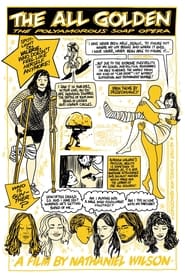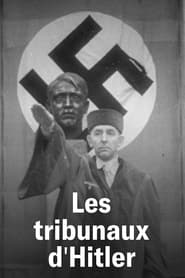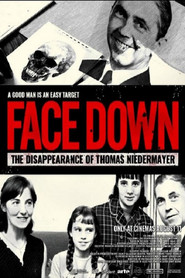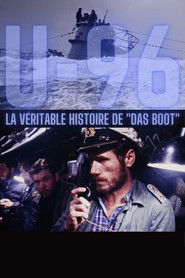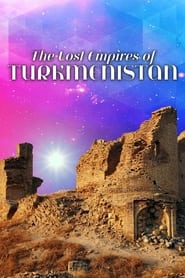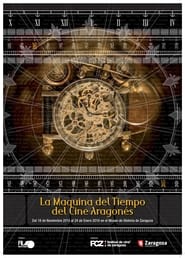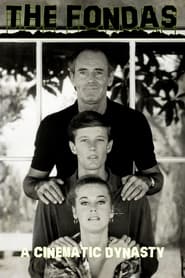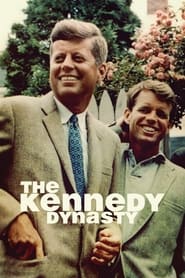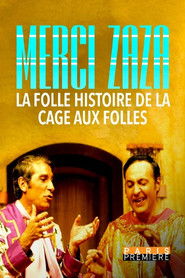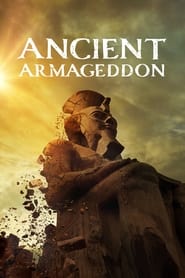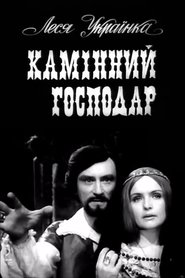Top Rated History Movies - Page 318
-
The All Golden
2023
The All Golden
2023
star 4.5A laid-up polyamorous bicycle courier discovers that her older, scholarly boyfriend has been keeping a sinister secret in his closet. -
Racisé.e.s : Une histoire franco-américaine
2022
star 3.5Within a few years, France has witnessed the emergence of a new perspective on society, identity, and race, leading to the creation of an unprecedented lexicon that contradicts the principles of French-style universalism. These days, terms such as "white privilege", "intersectionality", "cancel culture", and the adjective "racialised" are defining a new relationship between minorities, differences, and society, especially among the younger generation. What is the origin of this vocabulary? What does 'wokism' mean? What is the origin of its adoption in France? Is it an opportunity? Or a threat? Is this an unfortunate implementation of a model not our own? This documentary delves into the origins and consequences of a phenomenon that is no longer trivial through archive footage and insights from prestigious contributors, analysts, and witnesses. -
The Heroes of Halyard
2023
star 7.5A story inspired by the largest single rescue mission of downed Allied airmen behind enemy lines in aviation history of all time, codenamed “The Halyard Mission”. This action took place in the summer of 1944. It was led by the Yugoslav Army in the Fatherland that was headed by General Dragoljub “Draža” Mihailović. It was at great cost and sacrifice that the Serbian people saved 508 American and other Allied countries’ airmen from certain death, sending them off to safety from the improvised airfield in the Serbian village of Pranjani, at the foot of Mt Suvobor. -
Face Down
2023
Face Down
2023
star 7.5On the 27th of December 1973, a nightmare began for an entire family. On that night, a German businessman called Thomas Niedermayer was kidnapped from his home in Belfast. He was never seen alive again by his friends or family. He became one of the "disappeared", and it seemed that no-one knew what had happened to him. -
U-96, The True Story of 'Das Boot'
2023
star 5.5Today, 80 years after the events and 40 years after the film, these images and testimonies shed an unexpected light on the reality of the fiction filmed by Petersen. The international success of the film Das Boot made the U-96, of which it fictionally recounts the 7th combat patrol at sea, the most famous of all Hitler's submarines and arguably one of the most famous movie submarines. But the true story of this extraordinary submarine and its equally exceptional crew goes far beyond fiction. Knowing that the success of Das Boot not only opened the doors of Hollywood to Wolfgang Petersen, but also made this film an absolute reference from which all submarine warfare films produced by American cinema were subsequently inspired, this opens ultimately the way to a broader reflection on the indirect, even unconscious relationship that exists between the power of the images of Hitler's propaganda and that of today's Hollywood cinema. -
An Artisan's Legacy: Tsunekazu Nishioka
2012
star 6In-depth look at the twilight years, spent training apprentices, of temple builder Nishioka Tsunekazu, who was called the "devil" as he devoted his life to temple architecture. His insistence on the gargantuan timescale of linking life to the next millennium emerges from people who knew him. Remarkable as well for showing the unknown backstage of temple architecture. Nishioka, known as "the last temple carpenter," handled the major Showa-era repairs of Horyuji temple, and in 1990 was at the scene of the reconstruction work for Yakushi temple. -
The Silent Sword: Loyalty and Honor
2008
star 8.5Keinosuke (Masakazu Tamura) is a ronin (wandering samurai) who lives on the streets although he is a nobleman. There’s just one woman in this world that he loves, Shiho (Emi Wakui) but when he meets her again, she is already someone else’s wife. Her husband is a key person in the Chushingura incident. Love reignites between Keinosuke and Shiho but they get caught up in the spiral of fate of the Chushingura incident... -
רכבת דוריטוס
2023
-
Paper Butterflies
2024
Paper Butterflies
2024
star 6The massacre tragedy was carried out by the PKI against 62 youths who were members of the Ansor Youth Movement. They were killed by poisoning before being thrown into a well. -
The Fondas: A Cinematic Dynasty
2023
star 10The story of legendary actor Henry Fonda (1905-1982), and his children, Jane (1937) and Peter (1940-2019), who would become famous performers in their own right, pop culture icons, and political and social activists; three members of Hollywood royalty who maintained a tense and complicated relationship. -
The Kennedy Dynasty
2023
The Kennedy Dynasty
2023
star 7.5The story of a powerful political and economic dynasty, fundamental to understanding the turbulent destiny of the United States of America throughout the 20th century; of nine brothers who had truly extraordinary lives, marked by both greatness and tragedy: the story of the Kennedy family. -
Merci Zaza - La folle histoire de la Cage aux Folles
2023
star 9.5A look back at "La Cage aux Folles", which ran non-stop for five years, from February 1973, on the stage of the Théâtre du Palais Royal in Paris. At a time when homosexuality was considered a crime by the law, Poiret and Serrault achieved great success in boulevard theater. Their success continued on the silver screen, with three Oscar nominations and a Broadway musical. Combining never-before-seen archives from the play, extracts from the film, confessions by Poiret and Serrault, and interviews with witnesses, this is the story of a wild epic. -
Ancient Armageddon
2023
Ancient Armageddon
2023
star 4.5This explores the mysterious and catastrophic collapse of ancient civilizations during the late Bronze Age, from the Hittites to the Mycenaeans and the Egyptians, revealing the tumultuous events that brought an end to a thriving era of human history, and warns we may be facing similar threats today. -
Victoria Cross: For Valour
2003
star 8.5A 2003 BBC television historical documentary presented by Jeremy Clarkson who examines the history of the Victoria Cross, and follows the story of one of the 1,358 men who were awarded it: Major Robert Henry Cain. -
The Stone Host
1971
The Stone Host
1971
star 5TV adaptation of Lesya Ukrainka's drama, which interprets the plot of Don Juan from a feminist point of view. -
Ravrambha
2023
Ravrambha
2023
star 5.5Raav is a valiant soldier who also serves as a personal bodyguard for Maratha Army Commander in Chief Prataprao Gujar. Rambha is his childhood love, and when she is kidnapped, Raav saves her with his valour.
 Netflix
Netflix
 Amazon Prime Video
Amazon Prime Video
 Apple iTunes
Apple iTunes
 Apple TV Plus
Apple TV Plus
 Disney Plus
Disney Plus
 Google Play Movies
Google Play Movies
 Paramount Plus
Paramount Plus
 Hulu
Hulu
 HBO Max
HBO Max
 YouTube
YouTube
 fuboTV
fuboTV
 Peacock
Peacock
 Peacock Premium
Peacock Premium
 Amazon Video
Amazon Video
 The Roku Channel
The Roku Channel
 AMC+
AMC+
 Kocowa
Kocowa
 Hoopla
Hoopla
 The CW
The CW
 Vudu
Vudu
 Starz
Starz
 Showtime
Showtime
 PBS
PBS
 Pantaflix
Pantaflix
 FXNow
FXNow
 Tubi TV
Tubi TV
 Kanopy
Kanopy
 Comedy Central
Comedy Central
 Crunchyroll
Crunchyroll
 Microsoft Store
Microsoft Store
 Redbox
Redbox
 Sun Nxt
Sun Nxt
 ABC
ABC
 DIRECTV
DIRECTV
 Crackle
Crackle
 Fandor
Fandor
 Plex
Plex
